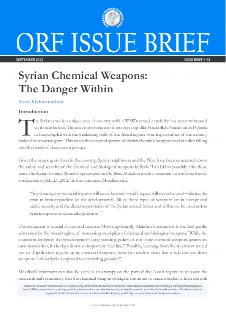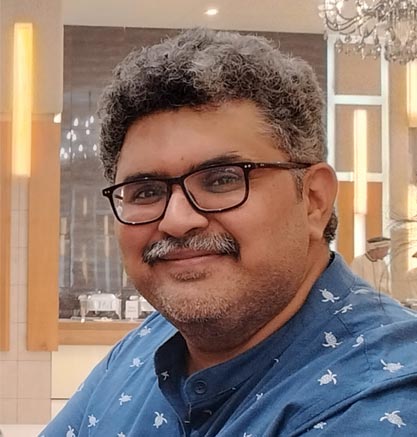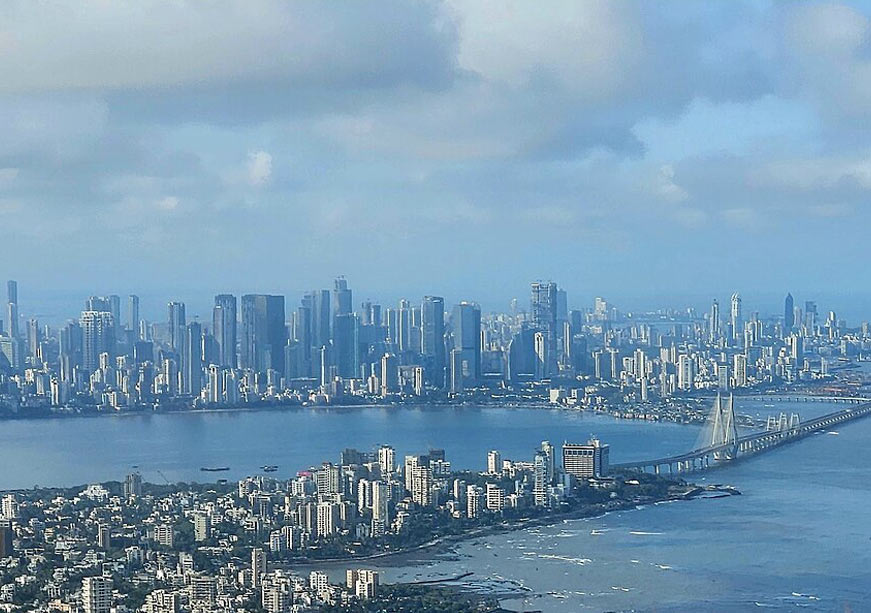The Syrian case is a unique one. A country with a WMD-armed capability has never witnessed civil strife before. The active involvement of terror groups like Hezbollah, Hamas and al-Qaeda Tin Iraq coupled with the weakening hold of the Assad regime over large swathes of the country makes the situation grim. This raises the very real spectre of Syrian chemical weapons and missiles falling into the hands of these terror groups.
Given the ongoing civil war in the country, Syria’s neighbours and the West have been concerned about the safety and security of the chemical and biological weapons in Syria. In a bid to possibly allay these fears, the Syrian Foreign Ministry spokesperson Dr. Jihad Makdissi made a statement at a televised news conference on July 23, 2012.
In the statement, Makdissi said, “Any chemical or bacterial weapon will never be used––and I repeat will never be used––during the crisis in Syria regardless of the developments. All of these types of weapons are in storage and under security and the direct supervision of the Syrian armed forces and will never be used unless Syria is exposed to external aggression”.
The statement is crucial for several reasons. Most importantly, Makdissi’s statement is the first public admission by the Assad regime of possessing stockpiles of chemical and biological weapons. While the statement reiterates the Syrian regime’s long-standing policy of not using chemical weapons against its own population, it also lays down an important “red line.” Possibly, learning from the treatment meted out to Tripoli after it gave up its chemical weapons, Syria has made it clear that it will not use these weapons “unless Syria is exposed to external aggression. Makdissi’s statement can also be seen as an attempt on the part of the Assad regime to reassure the international community that the chemical weapon stockpile continues to remain under its firm control.
In this context, a recent statement by Amos Gilad, head of the Israeli Defence Ministry’s political-defence department that Syria does remain in full control of its facilities assumes significance. Interestingly, media reports quoting American intelligence officials indicate that the al-Assad regime has
in fact been consolidating its CW stockpile. The regime has been moving its chemical and biological arsenal away from northern parts of Syria which have seen more hostilities. While the consolidation could be seen as attempts at securing the CBW stockpile by removing them from harm’s way, it could also be seen as a means of lending greater credibility to Syrian assertion of its “red lines” and deter any foreign military intervention.

 PDF Download
PDF Download



 PREV
PREV


